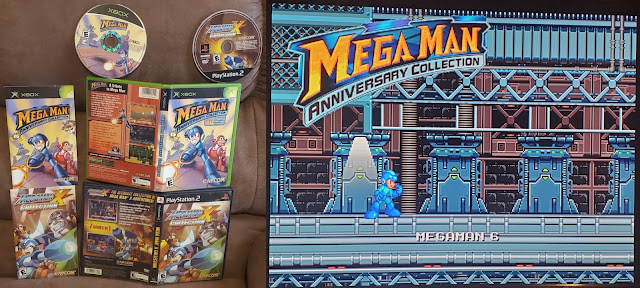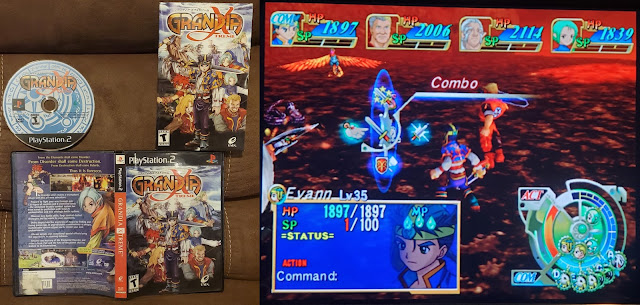Collection essentials #487 & #488: Metal Gear Solid 2: Substance (PS2 & Xbox)

And now for what I consider one of the greatest video games ever made. Metal Gear Solid on the original PlayStation had recently set a new bar for cinematic-style storytelling in games, with a gripping plot, interesting characters, and fully-voiced dialogue. But it was still limited in some aspects by the PlayStation’s hardware limitations, which is incredibly evident if you so much as look at the faces of the characters. With the new and much-more-powerful PS2, there was so much more potential. And Konami wasn’t going to waste time making their big new Metal Gear Solid sequel (which everyone knew was coming due to a hint at the very end of the previous game). The game first released on PS2 only in November of 2001 under the title “Metal Gear Solid 2: Sons of Liberty”. A year later, an updated version called “Metal Gear Solid 2: Substance” came out for the Xbox, which added new content, most notably dozens of “VR missions” for people who enjoy gameplay which contribute many hours of pl...





